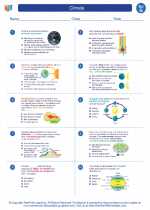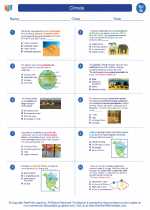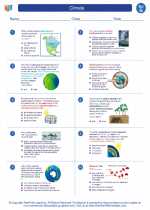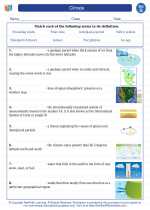Species
In biology, a species is a group of organisms that can interbreed and produce fertile offspring. This means that members of the same species are capable of mating with each other and producing offspring that can also reproduce.
Characteristics of Species
- Reproductive Compatibility: Members of the same species can interbreed.
- Genetic Similarity: Members of the same species share a high degree of genetic similarity.
- Morphological Similarity: Members of the same species often have similar physical characteristics.
- Ecological Interactions: Members of the same species often occupy the same ecological niche and interact with each other in their natural habitat.
Classification of Species
Species are classified using a system called binomial nomenclature, which was developed by Carl Linnaeus. Each species is given a unique two-part scientific name, consisting of the genus and species epithet. For example, humans are classified as Homo sapiens.
Importance of Species
Understanding and categorizing species is crucial for studying biodiversity, ecological interactions, and evolutionary processes. Conservation efforts also depend on identifying and protecting different species from extinction.
Study Guide
When studying species, it is important to focus on the following key points:
- Definition of species and its characteristics.
- Examples of different species and their unique traits.
- Binomial nomenclature and the naming system for species.
- Importance of species in ecology, evolution, and conservation.
- Understanding the concept of species diversity and its significance.










